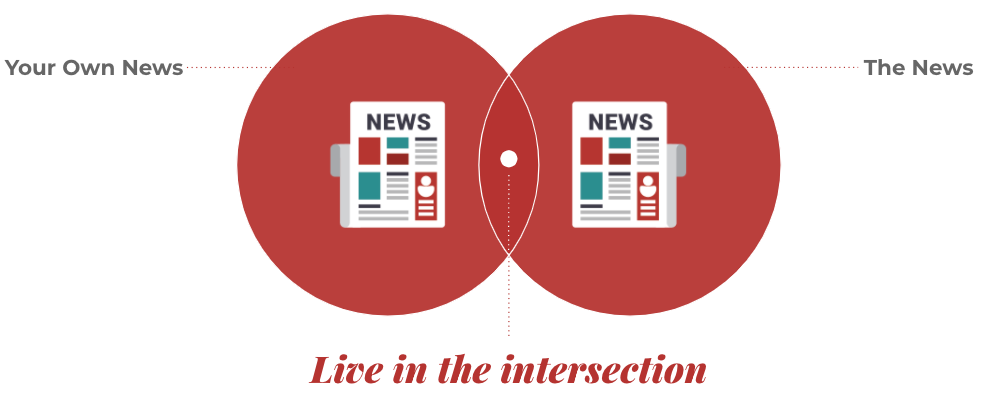The first thing many prospective clients want to know is how much press we think we can get them. After all, it’s usually the reason they’ve come to us. They need to build awareness to drive demand. Luckily for us, it’s usually an easy question to answer. If your story is relevant to what’s happening in the news today, and you have a unique and credible point of view, the chances are very good.

It’s the wrong question to lead with though. Just because we can get press coverage doesn’t mean your story is the one your audiences need to hear. That’s why, at Inkhouse, we begin each client engagement with a Storytelling Workshop. Our first step is to determine who the audiences are, in order of priority. And generally, you only get to pick three. If you try to appeal to everyone you end up reaching no one. Focus drives attention.
Then we dig into the audiences’ emotional drivers. Although we as humans will report otherwise, no one buys a product or idea because it’s the best. Purchase decisions don’t form in the mind, they form in the heart, and facts don’t create emotional connections. We buy things that make us feel better about ourselves. They make us feel wiser, more competent, cooler, like a hero, etc. On the other end of the emotional spectrum, we also make purchases because we’re afraid of failure. I like this driver much less, because fear isn’t how we build community. We want to lead with hope and pride.
These emotional drivers and how you fulfill them for your audiences become a list of five to ten story attributes. They will be the essence of what we want to convey through PR. But now we need to turn these into a story, which we think of as a digital doorway that invites people to come inside and look around.
Enter the revelation of your story. It’s the foundation of a strong thought leadership program. As such, it’s not your tagline or your mission statement. They’re what people find after they decide to get to know you though. Before that we need some tension to drive curiosity. A revelation does that by answering these kinds of questions: Why do you exist? If you are successful how will the world operate differently in five years? What is the moral of your story?
Here are a few recent examples of revelations we’ve done for clients:
- Capella Space, which provides space-based technologies: “The most urgent planetary problems need more than outdated pictures.” (tagline: “A new perspective”)
- Deepgram, a speech recognition company: “Speech recognition is a goldmine languishing under today’s technology limitations” (tagline: “Turn Voice into Value”)
- Immersive Labs, a cybersecurity company: “Until we make our humans truly and continuously cyber ready, the quest for operational resilience will be fleeting” (tagline: “Human readiness against evolving cyber threats”)
A revelation alone, of course cannot carry an audience to belief or purchase. Every powerful story that has staying power also includes the following elements:
- Someone to root for (and against). Yes, we need a villain to loath and a hero cheer for.
- Authority. You need credibility to tell a story. This can be experience, accolades or successful outcomes.
- Differentiation. You need to be relevant enough to be part of the industry conversation, but unique enough to ultimately lead it.
- Repetition. Any good book repeats its theme enough times for it to seep in. In PR, this looks like videos, graphics, and many many blog posts and articles. We have to repeat your story so many times and in so many different ways that we all begin to kind of hate it. And then your audience is just beginning to catch on.
As Stuart Horwitz, our frequent storytelling collaborator who spends his days as a writer and development editor told us a number of years ago, “It’s not a message until it gets repeated.” When we build a story across channels both on- and off-line, it gains momentum and populates across the buyer’s journey where your audiences stumble upon it more frequently. Media attention follows when that story lines up with a broader issue the world is trying to solve. It’s our job to make sure your story sits at that intersection of what your audiences need and what the press want to hear about.
Drop us a line if you’d like to start telling your story in a way that matters: [email protected].



